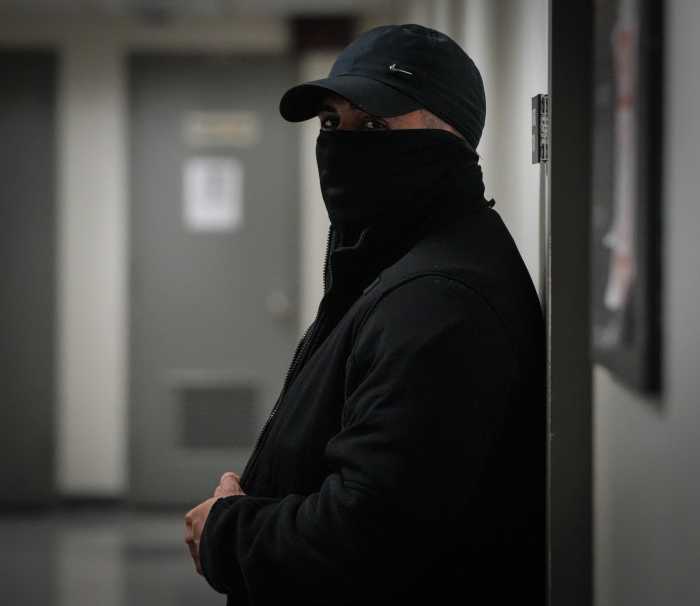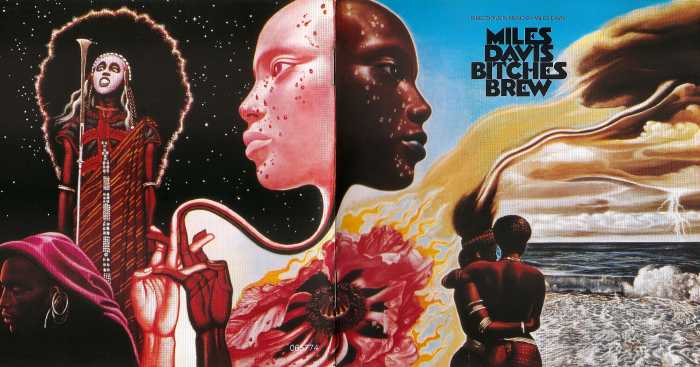June is Jupiter’s time to shine.
The solar system’s largest planet is front and center this month, as it reaches opposition (when Jupiter, the Earth and the sun are arranged in a straight line) on Monday, according to NASA. It’s also the time of year when the planet is closest to Earth.
On opposition night, Jupiter will be the brightest object in the sky as it rises in the east while the sun sets in the west. The yearly occurrence provides several weeks’ worth of opportunities for awe-inspiring stargazing.
To the naked eye, Jupiter appears as a large shimmering star (although of course its light comes from the sun), but with a small telescope or even binoculars, folks should be able to see the planet and its four largest moons. In all, Jupiter has 79 known moons, one of which, Ganymede, is considered the largest in the entire solar system, according to NASA.
Don’t have binoculars? The Amateur Astronomers Association of New York hosts free stargazing events at several locations in the city, where experienced members bring telescopes and binoculars for everyone to enjoy.
The organization is hosting 10 events across the city between Friday and Tuesday.
The weekend forecast also appears to be in stargazers’ favor, with clear skies and mild temperatures in the 60s for both Saturday and Sunday. Monday and Tuesday, however, are expected to be rainy, according to the National Weather Service.



































